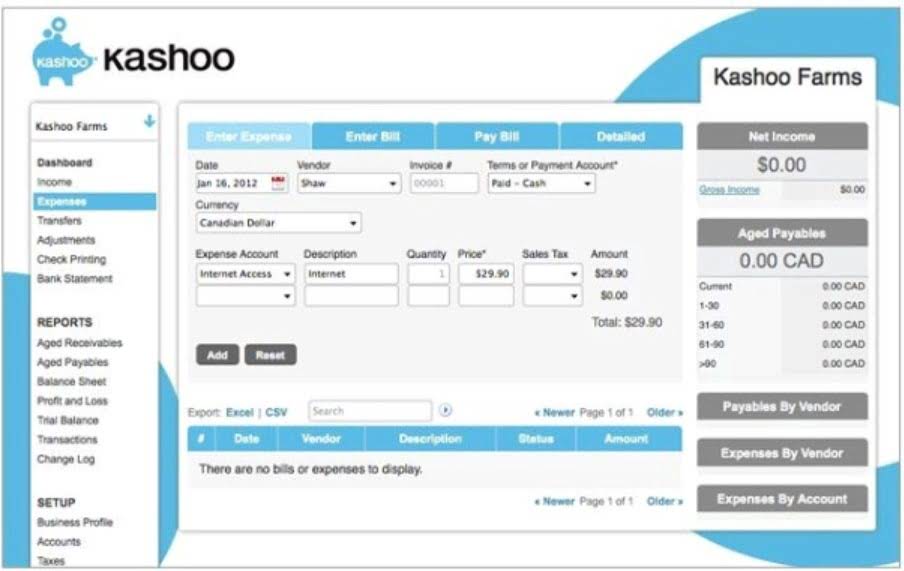21 agosto, 2024

One important aspect of managing CIP accounts is making sure that costs are properly classified and allocated. It means distinguishing between direct and indirect costs, as well as identifying any costs that should be expensed rather than capitalized. CIP accounts are crucial in construction accounting because they keep track of all the money spent on a project until final delivery. Companies can monitor spending and budgets using CIP accounts and adequately report their financial health. Using these accounts allows companies to separate project costs from everyday business expenses, minimizing mixups and making financial statements accurate and reliable. Construction projects today are more complex and larger in scale than ever before, making effective accounting practices crucial for success.
Free Financial Statements Cheat Sheet
- This step helps with financial reporting, updating how these costs are perceived and managed.
- Besides business dealing in building huge fixed assets, also use construction in progress accounting.
- However, there are chances that the term process written in a financial statement instead of progress indicates the business nature.
- Once the asset is fully executed, the construction in progress account will be credited, and the debit will be transferred to the property, plant, and equipment.
Once expenses are recorded, they need to be allocated to the appropriate asset account. Construction-in-progress or CIP accounting is a technique accountants use to manage costs linked to fixed-asset constructions. This technique works because construction projects are way more complex than other projects. Many unique costs are involved in construction projects, and mixing them with others on the balance sheet only creates disarray.
Transitioning to Fixed-Asset Accounts:

By doing so, they mitigate the risk of costly accounting errors and ensure compliance with regulatory law firm chart of accounts standards. Construction-in-progress accounting serves as a cornerstone of financial transparency, enabling companies to maintain accurate records, bolster investor confidence, and adhere to regulatory requirements. Construction work-in-progress assets are unique in that they can take months or years to complete, and during the construction process, they are not usable. If a company does not track these costs accurately, its finance department may wonder why the company is generating expenses that do not immediately produce profits.

Discover Viindoo Accounting Software
- To minimize discrepancies and keep records clean, construction companies usually opt for double-entry accounting, in which entries are added twice to a ledger to record a single transaction.
- One of the key aspects of financial reporting is ensuring that costs are matched with the revenues they generate.
- Innovative software to manage your accounting, people, payroll, payments, and more.
- Construction in progress accounting is one of the essential categories for construction firms to track.
- However, preparing accurate reports is not simple for construction companies whose work-in-progress assets are unique.
- GAAP allows another method of revenue recognition for long-term construction contracts, the completed-contract method.
Some countries or tax jurisdictions may allow businesses to claim tax deductions or benefits related to the costs incurred during the construction or development phase. By capitalizing these costs, companies can more accurately calculate and support their tax deductions, ensuring compliance with applicable tax laws. Conducting monthly or quarterly reviews allows for the identification of discrepancies and ensures that all costs are being recorded accurately. These reviews what is cip in accounting should involve cross-functional teams, including project managers, accountants, and procurement officers, to provide a comprehensive overview of the project’s financial health.

Construction work-in-progress accounting payroll refers to the record-keeping of all expenditures that accrue in constructing a non-current asset. An accountant will report spending related to the construction-in-progress account in the “property, plant, and equipment” asset section of the company’s balance sheet. After the construction has been completed, the relevant building, plant, or equipment account is debited with the same amount as construction in progress. After the completion of construction, the company will record depreciation on the asset. However, the term ‘ construction under process’ is used when the company is making construction contracts. It can be a selling contract of building a ship, airplane, building, or other fixed assets.
- That’s why it is better to track projects undergoing construction separately on a different balance sheet until completion.
- This is a method that attempts to match revenues to the expenses required to generate them.
- Thus, to keep things simple and the balance sheet balanced, it is best to keep them separate.
- For instance, if a cement manufacturing company is expanding the manufacturing unit.
- One widely adopted method is the percentage-of-completion approach, which allows companies to recognize revenue based on the project’s progress.
